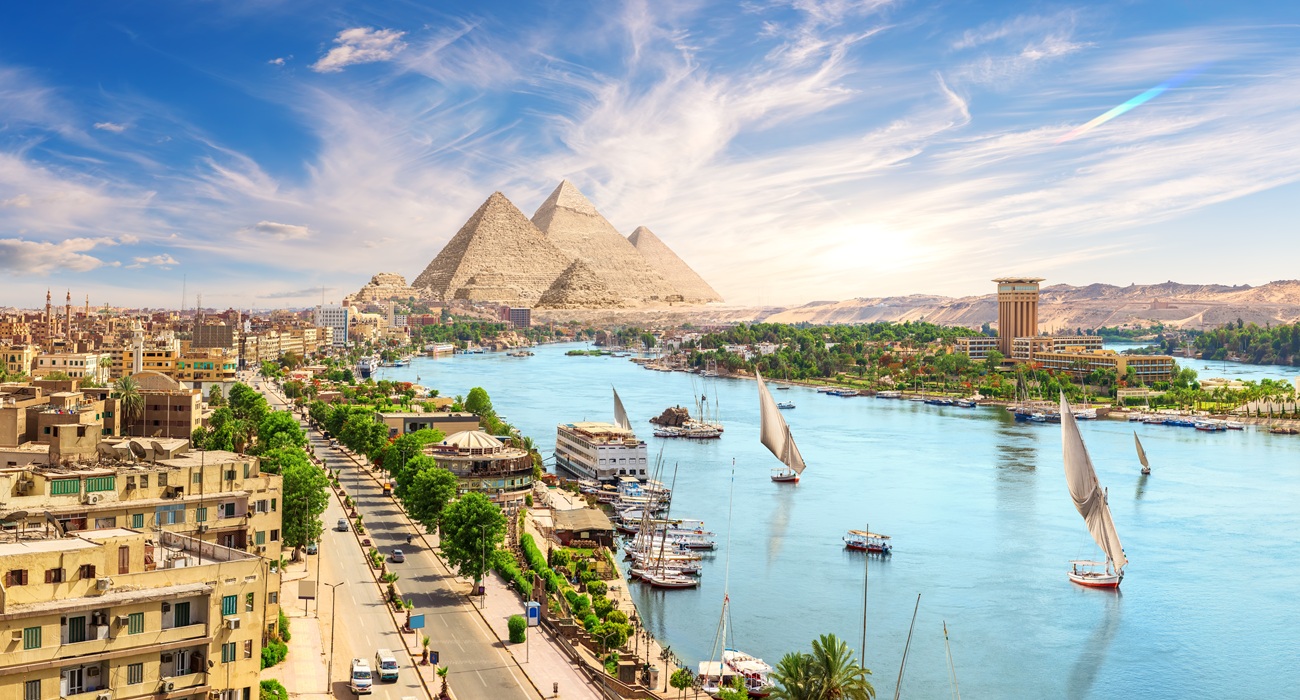Schneider Electric expands Badr plant to boost Egypt’s manufacturing efforts
Updated 10/21/2024 10:03:00 AM
Arab Finance: Schneider Electric has announced updates to its Badr Plant in Egypt, focusing on expansion, new technologies, and sustainability efforts that align with Egypt Vision 2030 for sustainable development, as per an emailed press release.
The Badr Plant, established in 2009, is now one of the largest facilities in the Middle East, contributing to Egypt’s manufacturing and export capacity.
The facility, covering 44,581 square meters, includes a modern building with an annual production capacity of 6,000 medium-voltage units and 3,500 low-voltage units, utilizing Schneider Electric’s EcoStruxure technology.
This technology enhances efficiency while supporting carbon neutrality. By September 2024, 50% of the medium-voltage products produced at the plant will feature connected capabilities, with plans to extend this to low-voltage products by 2025.
Schneider Electric has made steady investments in the Badr Plant, including €10 million in 2020 for a new electrical panel manufacturing line and an additional €8 million in 2023 for a 10,000 m² expansion.
These expansions will increase the production of low- and medium-voltage panels, as well as smart ring main units (RMUs), placing the plant at the forefront of technological advancements and sustainability.
As part of Schneider Electric’s focus on localizing production in Egypt, the percentage of locally sourced components has increased from 55% in 2021 to a projected 81% by the end of 2024, with a target of 85% by 2025.
The plant exports more than 40% of its output to 35 countries, including Saudi Arabia, Iraq, and France.
The Badr Plant has also achieved Zero Carbon certification, meeting 20% of its energy needs through solar panels and sourcing the rest from renewable options.
The plant has reduced single-use plastics, opting for recycled packaging, and aims to incorporate 50% green materials in its products by 2025, with 32% already achieved by 2024.
Related News











